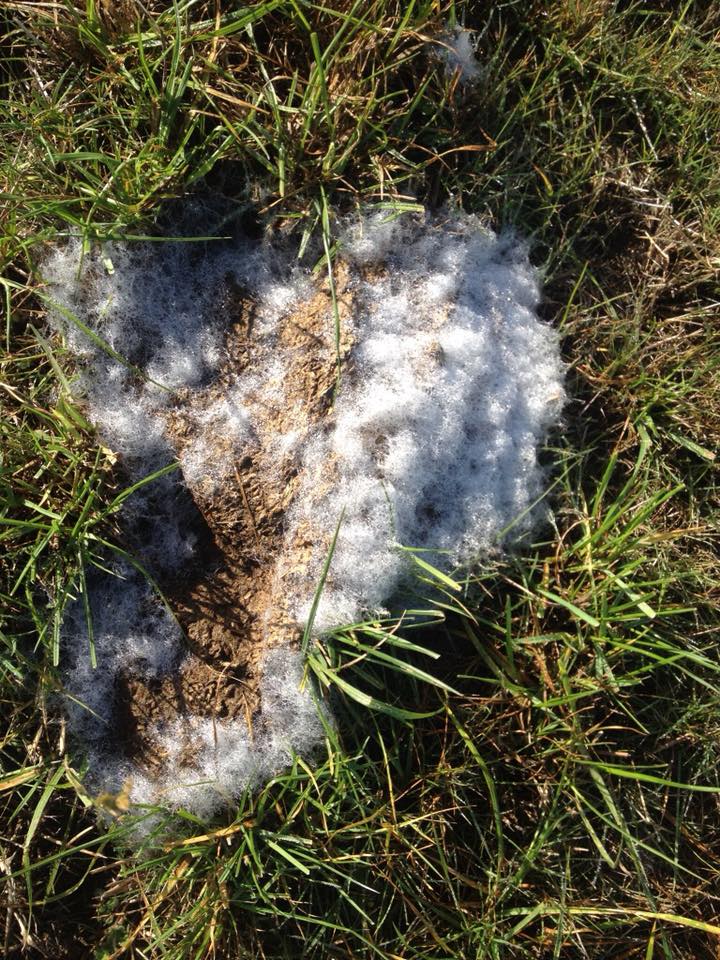For many farmers the word fungi conquers visions of rust, bunts, blight and mildew. It is easy to forget about the beneficial relationship fungi and plants have developed over the last 450 million years. How often do we stop and think about the beneficial role fungi play in life and in particular cropping and farming systems?
In fact, around 450 million years ago, plants as we know them did not exist, and it was only through this special relationship which enabled plants to adapt to life on land. Thanks to fossil records scientists know that fungi and plants mushroomed (pardon the pun!) at roughly the same time.
Fungi are eukaryotes, which means they have a nucleus, they include yeast and moulds and numerous sources report that there could be over 5 million different species, with only about 3% of them having been identified.
With all these different types of fungi there are numerous different roles they play, but it is the role fungi plays in plant and soil health we need to examine so beneficial fungi can be better utilised.
So why are fungi so important in this special relationship with plants? It boils down to food.
While fungi are very good at absorbing nutrients such as Nitrogen and Phosphorus, they are unable to produce their own sugars (carbohydrates). Whereas plants are excellent at producing carbohydrates (through photosynthesis), but are terrible at sourcing and absorbing nutrients such as Nitrogen and Phosphorus, and this forms the basis of the co-dependent relationship.
The most important fungi in relation to plants is Arbuscular Mycorrhizal fungi – which we commonly call mycorrhizal fungi and there are two types, ectomycorrhizal and endomycorrhizal. Ectomycorrhizal fungi wrap themselves around the outside of their roots, while endomycorrhizal fungi penetrate the inside of the plant roots.
Plants need mycorrhizal fungi to colonise within their roots, the long filaments (or hyphae) produced by the mycorrhizal fungi either wrap themselves around the plant roots or penetrate the roots directly. The hyphae explore the soil absorbing nutrients on the way, acting as an extension to plant roots themselves.
Due to the close contact the fungi have with the plant, the mycorrhizal fungi then exchange the nutrients with plant roots for carbohydrates. Along with absorbing nutrients, the fungi also absorb water, therefore increasing nutrient and water availability to the plant.
The added benefit of having increased fungi in the soil is an increase in water and nutrients, which leads to a better environment for microbial diversity. By increasing microbial diversity we are able to enhance beneficial microbes (eg bacteria and fungi) to control pathogenic (or disease-causing) microbes.
A healthy population of fungi will aid in improving overall soil health and plant health, leading to better immunity in plants, and reducing dependence on chemicals such as fungicides. Unfortunately, the application of fungicides will also kill beneficial fungi and overapplication can severely reduce overall fungal populations.
For farmers ready to start increasing their fungal numbers using NutriSoil in their farming system is a good start. NutriSoil has an abundance of microbial diversity, including fungi and can be applied as a seed inoculant or as a foliar spray.
Coating seeds with NutriSoil at sowing will provide seeds with a layer of microbes encouraging the seed to put its energy into developing a good root system and stimulating the microbial activity around the seed. Using NutriSoil as a foliar will stimulate photosynthesis increasing the production of carbohydrates, feeding the fungi in the root system, who will exchange nutrients for carbohydrates.
Please feel free to contact any of our staff to discuss how NutriSoil can be used in your system to build your fungi numbers and begin the process to improving plant immunity and overall plant health.




